CLP Hazard Class 'Intentions To Notice'
Read Time: 2 minutes
We’ve previously written about the new hazard classes introduced by the EU under their Classification, Labelling and Packaging Regulation (CLP). Significantly, Member States are now giving notice to ECHA of ‘intentions to harmonise’ specific substances under the new hazard classes. It means Member States are pulling together data to argue the case that particular substances should be reclassified. Reclassification will have significant implications for any company with corresponding REACH registrations and for the broader industries that use these substances.
So far, the substances with notices of intention to harmonise are:
Resorcinol; 1,3-benzenediol (EC 203-585-2, CAS 108-46-3, Index Number 604-010-00-1) with the argument that it should be classed as an endocrine disrupting substance (ED)
Melamine (EC 203-615-4, CAS 108-78-1, Index Number 613-345-00-2) with the argument that it should be classed as a persistent, mobile, toxic or very persistent, very mobile substance (PMT/vPvM)
Resorcinol is widely used in personal care products where it is routinely listed by environmental and human health watchdogs as a substance of concern. It is also used in resins, photography, dyes, paints, adhesives and coatings. The substance is also sometimes found in raw materials used in the internal and external protection of metal food packaging.
Melamine is perhaps even more broadly used, being found in textiles, flooring, toys, construction materials, footwear, paper, automotive and aerospace and electronics to name a few. This year (2023), ECHA reclassified it as a substance of very high concern (SVHC) and added it to their candidate list for authorisation. Again, ECHA is already assessing the substance for persistence, bioaccumulation and toxicity (PBT).
While Member States and ECHA are beginning to identify substances where there is already a significant body of evidence to support reclassification, they will also be working on gathering evidence for other substances that potentially fall under the new hazard classes.
Changes to the hazard class of a substance will trigger updates to Safety Data Sheets (SDS), labels and Poison Centre Notifications as well as automatically trigger further restrictions and bans under REACH. For example, it may be that restrictions for use are put in place (in personal care, for example, or in cases where the substance may be present in waste.
If you use these substances in your products, Yordas highly recommends you begin phasing them out by researching safe and sustainable alternatives. Yordas recommends that companies (especially non-EU companies) urgently reach out for advice and help with understanding how these changes may affect your market access. To learn more about our services, visit our website. You can also sign up for our newsletter for updates and insightful tips on meeting your regulatory obligations.
